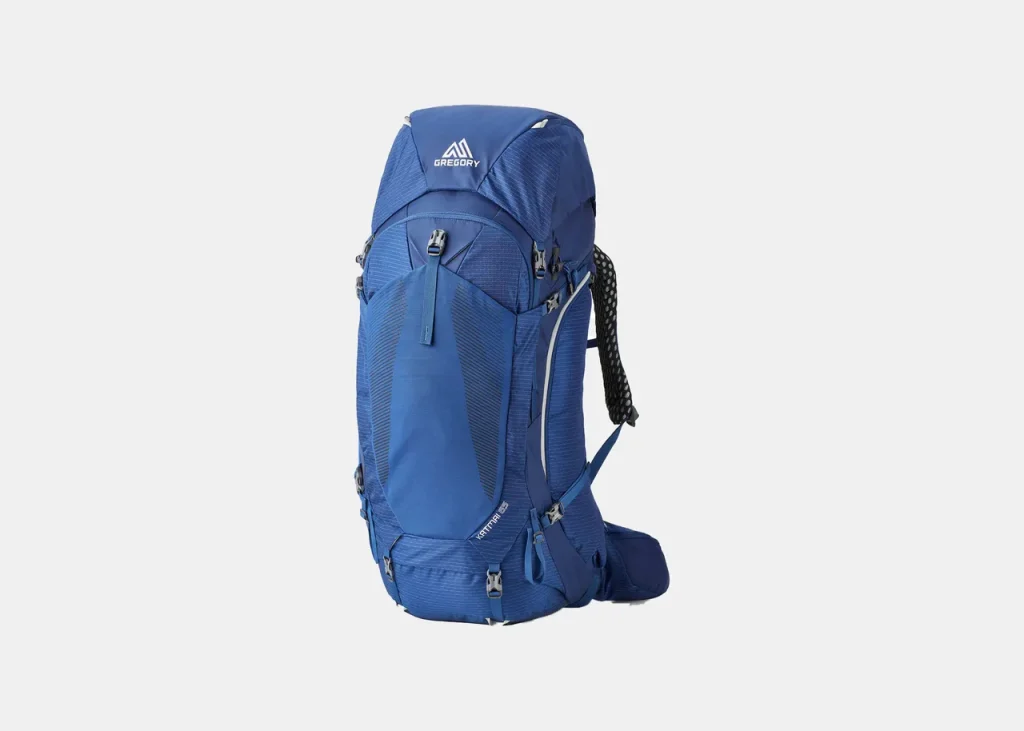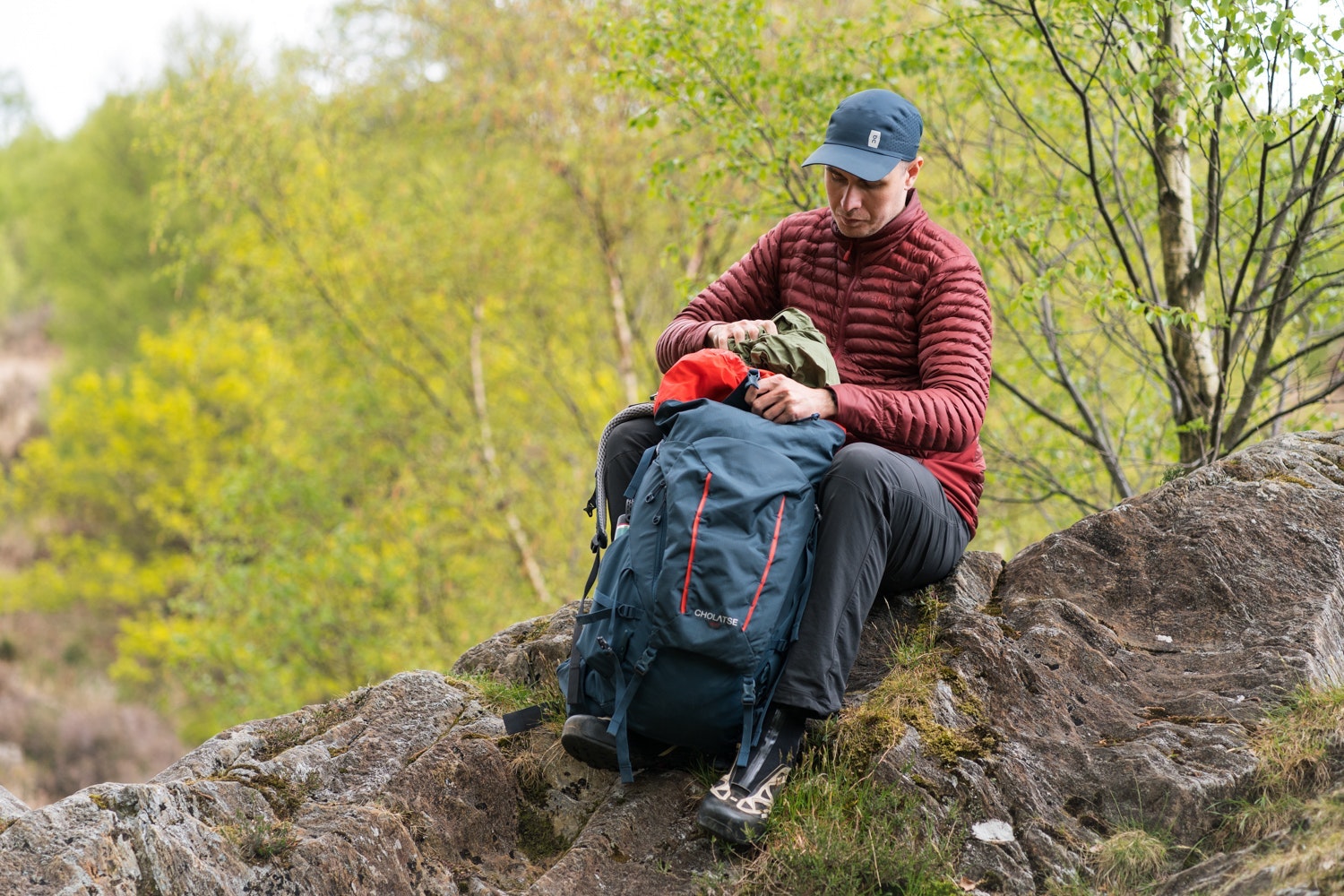
Table of Contents
When it comes to embarking on a hiking or trekking adventure, one of the most essential pieces of gear you need is a reliable backpack. Finding the perfect hiking trekking backpack can be a daunting task, considering the wide range of options available on the market. However, with the right knowledge and guidance, you can find a backpack that fits your specific needs and ensures a comfortable and enjoyable outdoor experience. In this comprehensive guide, we will walk you through the key factors to consider when choosing a hiking trekking backpack, highlight some of the best options available in the market, and provide valuable insights to help you make an informed decision.
Why Choosing the Right Backpack is Crucial
A hiking trekking backpack is more than just a bag to carry your gear. It is a crucial piece of equipment that can greatly affect your comfort, mobility, and overall experience on the trail. Here are some of the reasons why choosing the right backpack is crucial:
1. Comfort:
Comfort should be your top priority when selecting a hiking trekking backpack. A poorly fitting backpack can lead to discomfort, pain, and even injuries during long hikes. Therefore, it is important to find a backpack that fits your body well and distributes the weight evenly across your shoulders and hips. A comfortable backpack will allow you to hike longer distances without feeling fatigued.
2. Durability:
Durability is another important factor to consider when choosing a hiking trekking backpack. You want a backpack that can withstand the rigors of the trail, including rough terrains, harsh weather conditions, and heavy loads. A durable backpack will last for years, saving you money in the long run.
3. Weight:
The weight of your backpack can significantly impact your hiking experience. A lightweight backpack will allow you to move more freely and with less strain on your body. It is important to strike a balance between weight and durability, ensuring that your backpack is lightweight without sacrificing its ability to carry your gear securely.
4. Organization:
A well-organized backpack can make a world of difference when it comes to accessing your gear on the trail. Look for backpacks that offer convenient pockets, compartments, and attachment points for easy organization and access to your essentials. This will save you time and frustration when you need to grab something quickly.
5. Weather Resistance:
Weather conditions can change rapidly during outdoor adventures, so it is important to choose a backpack that offers some level of weather resistance. Look for backpacks made from waterproof or water-resistant materials to keep your gear dry during unexpected rain showers or river crossings
Now that we understand the importance of choosing the right backpack, let’s delve into the top considerations when selecting a hiking trekking backpack
Key Considerations when Choosing a Hiking Trekking Backpack
1. Backpack Capacity:
The capacity of your backpack refers to the volume of space it can hold. Backpack capacities are measured in liters and typically range from 30L to 80L or more. The right capacity for you depends on factors such as the duration of your trips, the amount of gear you need to carry, and your personal preferences. Here are some general guidelines to help you choose the right capacity:
- Day hikes: 30L to 40L
- Overnight trips: 40L to 60L
- Multi-day treks: 60L to 80L or more
It’s important to note that a bigger backpack doesn’t necessarily mean it’s better. Opt for a backpack with a capacity that suits your needs to avoid carrying unnecessary weight.
2. Fit and Comfort:
A well-fitting backpack is essential for a comfortable hiking experience. Look for backpacks that offer adjustable harness systems, including shoulder straps, sternum straps, and hip belts. These features allow you to customize the fit of the backpack to your body, ensuring even weight distribution and minimizing strain on your back and shoulders.
When trying on a backpack, pay attention to the following:
- The hip belt should sit comfortably on your hips, with the majority of the weight resting on your hips rather than your shoulders.
- The shoulder straps should be snug but not overly tight, with no pressure points or chafing.
- The sternum strap should be adjustable and positioned at a height that feels comfortable for you.
It’s important to try on different backpacks and brands to find the one that fits your body shape and size best.
3. Weight:
The weight of your backpack is directly related to its capacity and the features it offers. As mentioned earlier, a lighter backpack allows for more comfortable and enjoyable hiking. However, it’s essential to strike a balance between weight and functionality. Consider the weight of your gear and choose a backpack that can comfortably carry the load without adding unnecessary weight.
4. Frame Type:
Backpacks come in two main frame types: internal frame and external frame. Internal frame backpacks have a frame built inside the pack, which provides support and stability. These backpacks are more popular due to their versatility, lightweight design, and ability to mold to the shape of your body.
External frame backpacks have a visible frame on the outside of the pack. They offer excellent weight distribution and stability, making them ideal for carrying heavy loads. However, they are less common for hiking and trekking purposes and are often used for specialized activities or by individuals with specific needs.
5. Suspension System:
The suspension system of a backpack refers to the combination of the harness, hip belt, and frame. A good suspension system plays a vital role in distributing the weight of the pack and ensuring a comfortable fit. Look for backpacks that offer adjustable suspension systems, allowing you to fine-tune the fit to your body. This will prevent unnecessary strain on your back and shoulders and provide better overall comfort.
6. Material and Durability:
The material used in the construction of a backpack determines its durability, weather resistance, and overall performance. Common materials used for hiking trekking backpacks include nylon, polyester, and Dyneema composite fabric (formerly known as cuben fiber). Each material has its own pros and cons in terms of weight, durability, and water resistance. Consider the conditions you will be hiking in and choose a material that best suits your needs.
7. Access and Organization:
Easy access to your gear and effective organization are important factors to consider when selecting a backpack. Look for backpacks that offer multiple access points, such as top-loading, front-loading, or side-loading options. Additionally, consider the number and size of pockets, compartments, and attachment points available for organizing your gear. This will help you stay organized on the trail and ensure that your essentials are easily accessible when needed.
8. Weather Resistance:
Weather conditions can be unpredictable during outdoor adventures. Therefore, it’s important to choose a backpack that offers some level of weather resistance. Look for backpacks with water-resistant or waterproof materials, reinforced seams, and built-in rain covers. These features will help protect your gear from rain, snow, and other environmental elements.
9. Additional Features:
While not essential, additional features can enhance the functionality and convenience of a backpack. Some common additional features to consider include:
- Hydration compatibility: Look for backpacks with built-in hydration sleeves and ports for easy access to water on the trail.
- Compression straps: These straps help secure your gear and compress the backpack to prevent shifting and improve stability.
- Attachment points: Look for backpacks with attachment points for trekking poles, ice axes, sleeping pads, and other gear you may need to carry externally.
- Hip belt pockets: These pockets provide easy access to small items such as snacks, sunscreen, or a smartphone.
Consider your personal preferences and specific needs when evaluating additional features.
Now that we have covered the key considerations when choosing a hiking trekking backpack, let’s explore some of the top options available on the market.
Top Picks for Hiking Trekking Backpacks:
When it comes to choosing a hiking trekking backpack, there are several reputable brands and models to consider. Here are some of our top picks for 2023:
Hyperlite Mountain Gear Unbound 40 / 55:
- Price: MSRP: $369 / $399
- Weight: 1 lb. 14.4 oz. / 1 lb. 15 oz.
- Volume: 40L / 55L
- Max Weight Rec.: 35 lbs.
The Hyperlite Mountain Gear Unbound 40 and 55 are purpose-built for hikers covering long distances while keeping their pack weight as low as possible. These backpacks offer a perfect balance of weight, durability, and waterproof design. The Unbound features useful pockets, including a stretchy bottom pocket and an innovative front mesh pocket. Its minimal frame effectively transfers weight to the hips, making it comfortable for lighter loads. The Unbound is on the expensive side for lightweight packs but offers exceptional quality and durability.
REI Flash 55:
- Price: MSRP: $199
- Weight: 2 lb. 13 oz.
- Volume: 55L
- Max Weight Rec.: 30 lbs.
The REI Flash 55 Men’s / Women’s backpack offers a great combination of affordability, versatility, and comfort. This lightweight backpack features a modular system called “Packmod,” allowing you to remove and reconfigure straps and pockets according to your needs. The Flash 55 also boasts forward-facing water bottle pockets for easy access. It’s a budget-friendly option that doesn’t compromise on quality or features.
Osprey Atmos / Aura AG 65:
Price: MSRP: $340
Weight: 4 lbs. 10 oz.
- Volume: 65L
- Max Weight Rec.: 50 lbs.
The Osprey Atmos AG 65 (men’s) and Aura AG 65 (women’s) backpacks are ideal for hikers carrying heavier loads. These packs offer exceptional comfort and support, thanks to Osprey’s AntiGravity suspension system. They have generous padding, multiple access points, and ample pockets for organization. While slightly heavier than lightweight packs, the Atmos and Aura provide a comfortable and durable option for those who prioritize comfort over weight savings.
- Gossamer Gear Gorilla 50:
- Price: MSRP: $255
- Weight: 1 lb. 14 oz.
- Volume: 50L
- Max Weight Rec.: 30 lbs.
The Gossamer Gear Gorilla 50 is a popular choice for lightweight backpackers who prioritize comfort. This pack offers a well-padded and comfortable design, making it perfect for hikers seeking a balance between weight and comfort. The Gorilla features a convenient SitLight pad and a variety of useful pockets for easy organization. With its 50L capacity, it strikes a sweet spot for a wide range of trips.
- Gregory Focal 48 & Facet 45:
- Price: MSRP: $230
- Weight: 2 lbs. 9.6 oz. / 2 lbs. 10.3 oz
- Volume: 48L / 45L
- Max Weight Rec.: 30 lbs.
The Gregory Focal 48 (men’s) and Facet 45 (women’s) backpacks offer excellent value for their price. These mid-weight packs provide a comfortable fit, ample storage space, and solid back ventilation. They feature a variety of pockets, including forward-facing water bottle pockets, large hip belt pockets, and a removable top lid that converts into a daypack. The Focal and Facet strike a good balance between affordability, support, and convenience.
These are just a few examples of the top hiking trekking backpacks available in the market. Each backpack has its unique features, strengths, and price points. It’s important to consider your specific needs and preferences when making a decision.
Choosing the right hiking trekking backpack is crucial for a comfortable and enjoyable outdoor experience. By considering factors such as capacity, fit and comfort, weight, frame type, suspension system, material and durability, access and organization, weather resistance, and additional features, you can make an informed decision. Explore the various options available on the market, and try different backpacks to find the one that fits your body shape and hiking style best. Remember, finding the perfect backpack will greatly enhance your hiking adventures and ensure that you are well-prepared for any trail you choose to conquer. Happy hiking!
Follow us for more: https://travelloguide.com/

